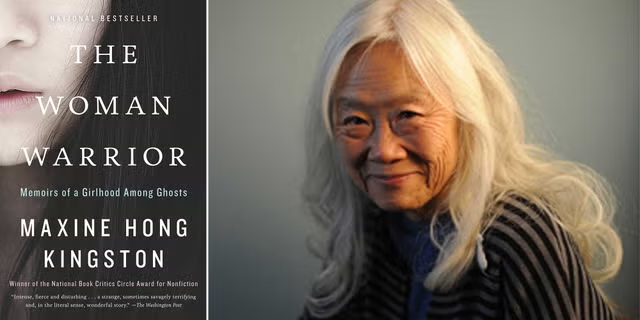Kingston’s 1976 debut is a tour de force, a book that mixes myth and memory and helped establish memoir as a literary form in its own right. In five impressionistic chapters, Kingston uses talk story—a fluid, improvisational approach to narrative—to highlight the flexibility, or elusiveness, of identity. The book opens with an admonition: “‘You must not tell anyone,’ my mother said.” From there, Kingston goes on not only to tell but also to reimagine, beginning with her father’s unnamed sister, who had a child out of wedlock while living in her family’s ancestral Chinese village and drowned herself and the baby in a well. By reclaiming this story and others, including those of her childhood in Stockton, Kingston gives depth and breadth to an extraordinary set of lives.
‘The Woman Warrior’
Maxine Hong Kingston’s novel is the California Book Club’s October 2021 selection.
Advertisement - Continue Reading Below
Advertisement - Continue Reading Below
Advertisement - Continue Reading Below






















